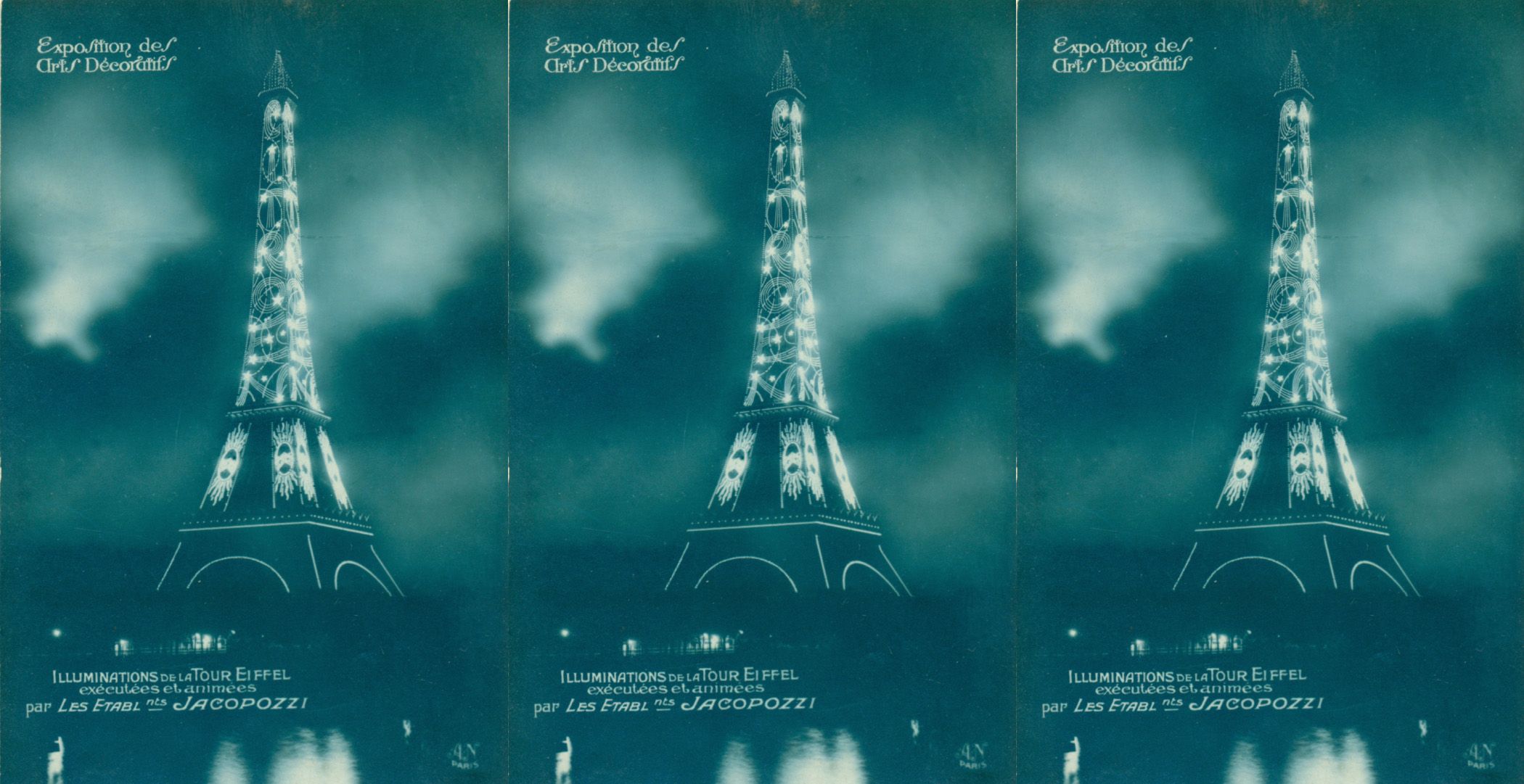City lights have of course been turned out in the past (and in the recent past as well) to prevent nighttime bombing squadrons from being able to orient themselves and identify their squadrons by sight.
Noah Rayman, “See the Eiffel Tower Go Dark in Honor of Paris Attack Victims,” Time, January 8, 2015 →.
“Cologne Cathedral to Switch Off Lights in Protest at Anti-Muslim March,” The Guardian, January 2, 2015 →.
“Good” here may also refer to the relevance of a certain tidiness of public lighting installations: “The aesthetic value of a lighting installation is an important consideration as the daytime street scene suffers greatly if fittings, materials, or paint finishes are of lesser quality. The shabby appearance of lighting street furniture can send the wrong signals to the community and contribute to a cycle of grime, crime and decline.” See →.
Thanks to Brian Kuan Wood for most of this paragraph’s thoughts and formulations.
See Jane Bennett, Vibrant Matter: A Political Ecology of Things (Durham, NC: Duke University Press, 2010).
“Millions Unite to Light the Way Toward Climate Action,” WWF Earth Hour, March 29, 2015.
Shannon Palus, “New York Turns Out the Lights,” Audubon.org, April 30, 2015 →.
Philips Outdoor Lighting, Case Study: Advanced Lighting Attracts Tourism and Commerce to Ancient Skopje, 2014 →
Dave Kendricken, “Why Hollywood Will Never Look the Same Again on Film: LEDs Hit the Streets of LA & NY,” No Film School, February 1, 2014 →; Geoff Manaugh, “How LED Streetlights Will Change Cinema (And Make Cities Look Awesome),” Gizmodo, February 3, 2014 →; Ellie Violet Bramley, “Street Lights, Camera, Action: How LEDs Are Changing the Look of Films,” The Guardian, October 24, 2014 →.
Reza Negarestani, Cyclonopedia: Complicity with Anonymous Materials (Melbourne: re.press, 2008).
Eugene Thacker, “Darklife: Negation, Nothingness, and the Will-to-Life in Schopenhauer,” Parrhesia 12 (2011) 12–27 →; and Eugene Thacker, Starry Speculative Corpse: Horror of Philosophy (Hampshire, UK: John Hunt Publishing, 2015).
Quoted in Julian Elias Bronner, “Anish Kapoor: 500 Words,” Artforum.com, April 3, 2015 →. Thanks to Ben Thorp Brown for making me aware of Kapoor’s use of Vantablack.
Amy Stewart, “The Work of Black,” Drain vol. 10, no. 1 (2013) →.
Ibid.
Esther Leslie, Synthetic Worlds: Nature, Art and the Chemical Industry (London: Reaktion, 2005), 46.
T. J. Clark, “World of Faces,” London Review of Books, vol. 36, no. 23 (December 4, 2014): 16–18.
Alexander R. Galloway, “What Is a Hermeneutic Light?” in Leper Creativity: Cyclonopedia Symposium, ed. Ed Keller, Nicola Masciandaro, and Eugene Thacker (New York: Punctum, 2012), 170.
